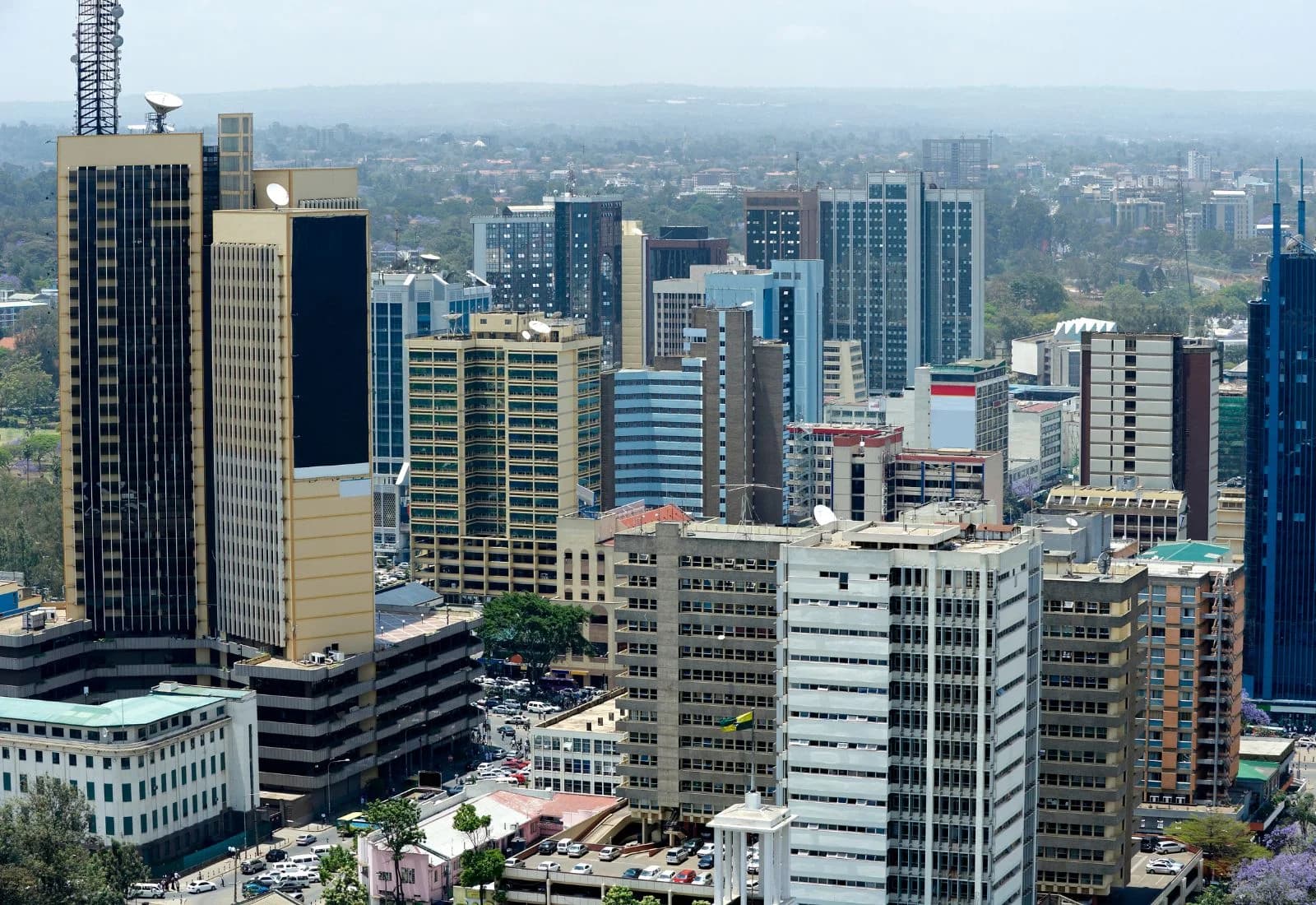Loading News Article...
We're loading the full news article for you. This includes the article content, images, author information, and related articles.
We're loading the full news article for you. This includes the article content, images, author information, and related articles.
Kenya's economy is projected to experience robust growth in 2025, with key sectors like agriculture, services, and digital transformation acting as primary drivers. This positive outlook signals a continued recovery and potential for increased opportunities for Kenyans.

Kenya's economy is anticipated to demonstrate strong performance in 2025, with various financial institutions and government forecasts pointing towards significant growth. The Gross Domestic Product (GDP) is projected to expand by 5.6% in 2025, according to the African Development Bank Group. This figure is supported by President William Ruto's August 2025 statement, which forecast a 5.6% growth for the year, surpassing earlier predictions by the National Treasury and the Central Bank of Kenya. The World Bank, in its May 2025 Kenya Economic Update, projects a gradual pickup in real GDP, increasing from 4.5% in 2025 to approximately 5.0% in 2026–27. Mastercard's Economic Outlook 2025 also predicts a 4.7% GDP growth for Kenya, outpacing the global average.
This optimistic outlook is largely attributed to a rebound in agriculture, sustained growth in the services sector, and accelerated digital transformation. Household consumption is expected to be a significant contributor, accounting for 70% of growth on the demand side in 2023. Furthermore, inflation is expected to moderate, with projections of 5.5% in 2025 by the African Development Bank Group and 4.8% by Mastercard, offering relief to households and businesses.
The agricultural sector is a cornerstone of Kenya's economic stability, with productivity expected to grow by 3% in 2025, bolstered by favorable weather conditions and targeted government interventions. The Ministry of Agriculture, Livestock, Fisheries and Cooperatives is implementing measures to enhance efficiency and food security. A significant initiative is the development of a national roadmap for deploying drone technology across farms to address challenges like soil degradation, pest invasions, and climate risks. This collaboration with Fahari Aviation, a Kenya Airways subsidiary, aims to improve soil health monitoring and efficient input use.
The services sector continues to be a vital growth engine, with an average growth rate of 6.6% projected over the medium term. Digital transformation, guided by Kenya's Digital Economy Blueprint, is expected to accelerate growth in financial services, healthcare, and public administration. The government is also investing in education, digital skills, and entrepreneurship to foster innovation in sectors like fintech, agritech, and green technology.
President Ruto's administration has outlined a five-year economic development plan, the Bottom-Up Economic Transformation Agenda, focusing on agriculture, micro, small, and medium enterprises, affordable housing, universal healthcare, the digital superhighway, and the creative economy. Projects such as the Makasa affordable housing project in Kisumu and the Galana Kulalu Food Security Project underscore these commitments.
Despite the positive economic projections, Kenya faces several challenges. The World Bank highlights fiscal challenges, weather-related risks, and external shocks as potential downside risks to the economic outlook. Public debt remains a concern, with interest payments absorbing a significant portion of tax revenue. The country's fiscal deficit is projected to narrow to 5.0% of GDP in 2025, in response to a revenue-led fiscal consolidation program.
In terms of global standing, Kenya's performance in various indices presents a mixed picture. The 2025 Global Innovation Index (GII) ranks Kenya 102nd out of 139 economies, a decline from previous years, suggesting that while Kenya has strengths, its peers are advancing faster. The country ranks 17th among 37 lower-middle-income economies and 9th among 32 Sub-Saharan African countries in innovation. Notably, Kenya performs better in innovation outputs (85th) than in innovation inputs (116th), indicating that it is achieving results with limited foundational investment.
The 2025 Chandler Good Government Index (CGGI) ranked Kenya 98th out of 120 countries, citing weak leadership, poor institutional capacity, and lagging service delivery. Kenya's lowest score was in the Leadership and Foresight pillar (111th), while its strongest score was in Financial Stewardship (85th).
Kenya's strategic focus on diversifying its economy, investing in infrastructure, and leveraging digital innovation positions it for continued growth. The government's commitment to achieving 100% renewable energy by 2030, with 93% of electricity currently from renewable sources, further highlights its sustainable development agenda. Ongoing reforms and partnerships, such as the Strategic Trade and Investment Partnership with the United States, aim to improve the investment climate and attract foreign direct investment.
What to watch: The implementation of fiscal reforms, the impact of agricultural modernization initiatives, and the country's efforts to improve its global governance and innovation rankings will be crucial in shaping Kenya's economic trajectory in the coming years.
Keep the conversation in one place—threads here stay linked to the story and in the forums.
Other hot threads
E-sports and Gaming Community in Kenya
Active 6 months ago
Popular Recreational Activities Across Counties
Active 6 months ago
The Role of Technology in Modern Agriculture (AgriTech)
Active 6 months ago
Investing in Youth Sports Development Programs
Active 6 months ago